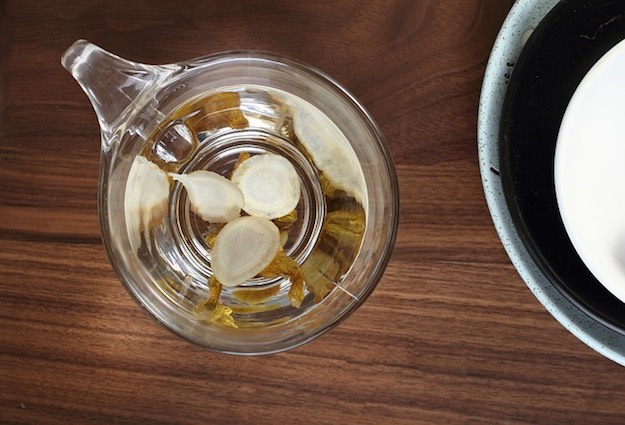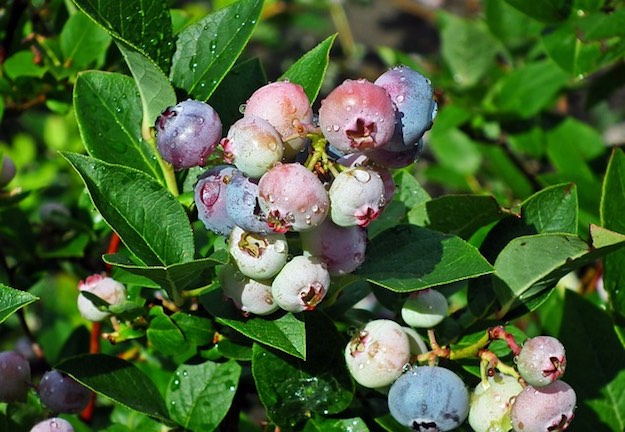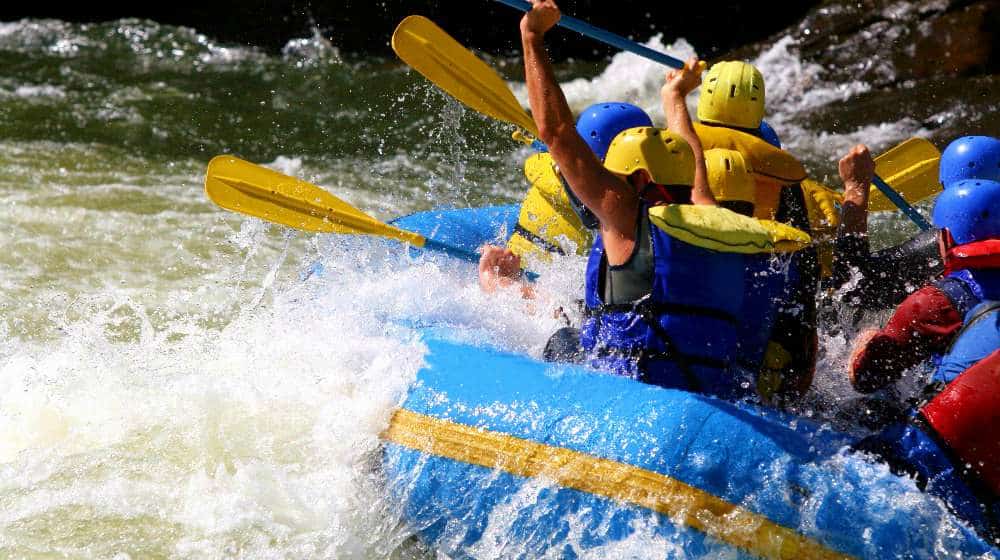Emergency Communications
30 Medicinal Plants That Could Save Your Life

Living out in the wild, you’ll come across all kinds of medicinal plants and medicinal herbs that can be used for many different purposes, as long as you know where to look and how to use them.
Many plants are beneficial not only for food, but can be used as medicine as well.
Plants can be used to soothe all sorts of ailments. Everything from skin rash, arthritis, cold, fever, diarrhea, migraines, and everything in between can be treated with some kind of plant that can be found growing naturally in many different areas.
Cultures all over the world have been using plants for their medicinal properties for centuries, long before medicine was bottled and sold in pill form.
Click here to see the list of 30 great medicinal plants.
30 Medicinal Plants:
1. Althea

Grows in well-drained soil in either sun or shade. Great for skin irritations, ulcers and sore throats.
2. American Ginseng

This root grows best in cool climates and is used to treat respiratory disorders and reduce fevers. It’s used orally, often in a tea.
3. Barberry

This grows to as high as a whopping 9 feet tall! Use it to treat skin conditions and diarrhea.
4. Belladonna

Great to use as a sleep aid but be extremely careful; too much belladonna will kill.
5. Bilberry

Grow these berries in full sun. Use them to ease diabetes pain, and to treat kidney disease and eye conditions. Eat the berries.
6. Borage

Grows well in full sun and moderate to moist soil. Helps with arthritis, joint pain and skin conditions such as eczema.
7. Catnip

Grows well in many soils. Treats cold symptoms, swelling, and fever. It also helps stop bleeding when applied topically and soothes gas, migraines and stomach aches when inhaled.
8. Cayenne Pepper

Grows well in moderate to moist soil and full sun to partial shade. Can help prevent heart attacks and heal ulcers and hemorrhoids.
Click here for the full list.
Not only could these awesome medicinal plants make you more comfortable while you’re sick, some of them could actually save your life.
Whether you’re just going for a weekend camping trip or something more serious, you should learn to identify and use plants for medicine and food.
But remember, some plants are extremely harmful and can be easily mistaken for another type of plant. Learn how to tell similar plants apart and commit to memory which ones are safe and which are harmful. The last thing you want to do is endanger your life by using the wrong plant because you didn’t take the time to learn and prepare.
P.S. This short guide to medicinal plants is free on kindle right now so feel free to grab a copy of it today ( I don’t know how long it will be free)
What would you suggest to help others learn how to use medicinal plants and medicinal herbs?
Leave a comment below and let us know.
Surviving with Edible Plants
10 Powerful Medicinal Plants From Around the World
“Need To Know” Rules When Picking Edible & Medicinal Plants
-

 Do It Yourself7 months ago
Do It Yourself7 months agoParacord Projects | 36 Cool Paracord Ideas For Your Paracord Survival Projects
-

 Do It Yourself9 months ago
Do It Yourself9 months agoHow To Make Paracord Survival Bracelets | DIY Survival Prepping
-

 Do It Yourself9 months ago
Do It Yourself9 months ago21 Home Remedies For Toothache Pain Relief
-

 Do It Yourself10 months ago
Do It Yourself10 months agoSurvival DIY: How To Melt Aluminum Cans For Casting
-

 Exports8 months ago
Exports8 months agoAre Switchblades Legal? Knife Laws By State









Pingback: 30 Medicinal Plants That Could Save Your Life | SurvivalistBasics.com
Julia Snoke-Morales
September 4, 2014 at 4:01 PM
While the illustrations & brief descriptions shown here are ok, they are woefully inadequate for anyone actually wanting to either set up an herbal medicine chest & use things in practice, or to locate the herbs growing in the wild. I tried the links to both the “list of 30 plants” – completely useless, no pictures at all & very little description – and the free book on Amazon, which turns out to be from 1910, all of the illustrations removed, so also of very little use. Having grown up on the East coast, where I was taught at least some knowledge of wild flora as a child, but now living on the West coast, my biggest complaint is that most of even the “better” plant guides do not specify in what parts of the country they can be found, and/or do not provide info or illustration adequate to identify plants in the wild. For all of us prepper-types who hope to bug out to a more rural location if things go bad, the most useful thing you could publish on a site like this would be a) a chart of which plants are found growing in which parts of the country, with their uses, b) detailed, “field guide” type illustrations to aid in identification, and c) actual “recipes” for using the plants, whether as a tea (infusion), poultice, or something else. It doesn’t have to be all at once: even 2-3 plants per month, highlighted in this way, would be of tremendous use, & would give people the chance to slowly acquire knowledge over a period of time. Hmm, maybe I will start a blog like this myself!
Izzy
September 6, 2014 at 10:59 AM
Julia; He didn’t say it was a ‘complete’ list. The title stated “top 30”.
The link provided showed more pictures for identification. It also goes into more details. The list also tell you what type of conditions these plants can be grown in.
Actually, it is quite a good list. Covers the most important medical situations. It is also good for people just beginning to learn about prepper supplies. It isn’t too overwhelming.
Annie
September 5, 2014 at 7:55 AM
There are far safer plants for sleep aid than Belladonna, nobody should use it if you dont have apothecary experience.
Pingback: 121 Homesteading Skills for the Modern Day Homesteader
Pingback: The Healing Properties of Catnip Tea - Survival Life
Pingback: Elderberries: The Tiny Wonder Berry - Survival Life
Pingback: "Need To Know" Rules When Picking Edible & Medicinal Plants | Survival Life
Pingback: List of Edible Medicinal Plants for Survival | Survival Life
Pingback: Medicinal Uses For Weeds Commonly Found Around Your Home - Part 4
Pingback: Medicinal Plants You Can Grow In Your Backyard | Survival Life
Pingback: 5 Tips To Help You Handle Extreme Environments after Bugging Out | Urban Survival Site
Pingback: Important Self-Sufficiency Skills to Learn | Survival LIfe
Pingback: Important Self Sufficiency Skills To Learn – Survival NEWS
Pingback: Important Self Sufficiency Skills To Learn - Survivalist 101
Pingback: Medicinal Plants Around the World | Survival Life
Pingback: Do You Know These 25 Native American Survival Skills? | Spent Brass
Pingback: Do You Know These 25 Native American Survival Skills? – SurvivalCove.com